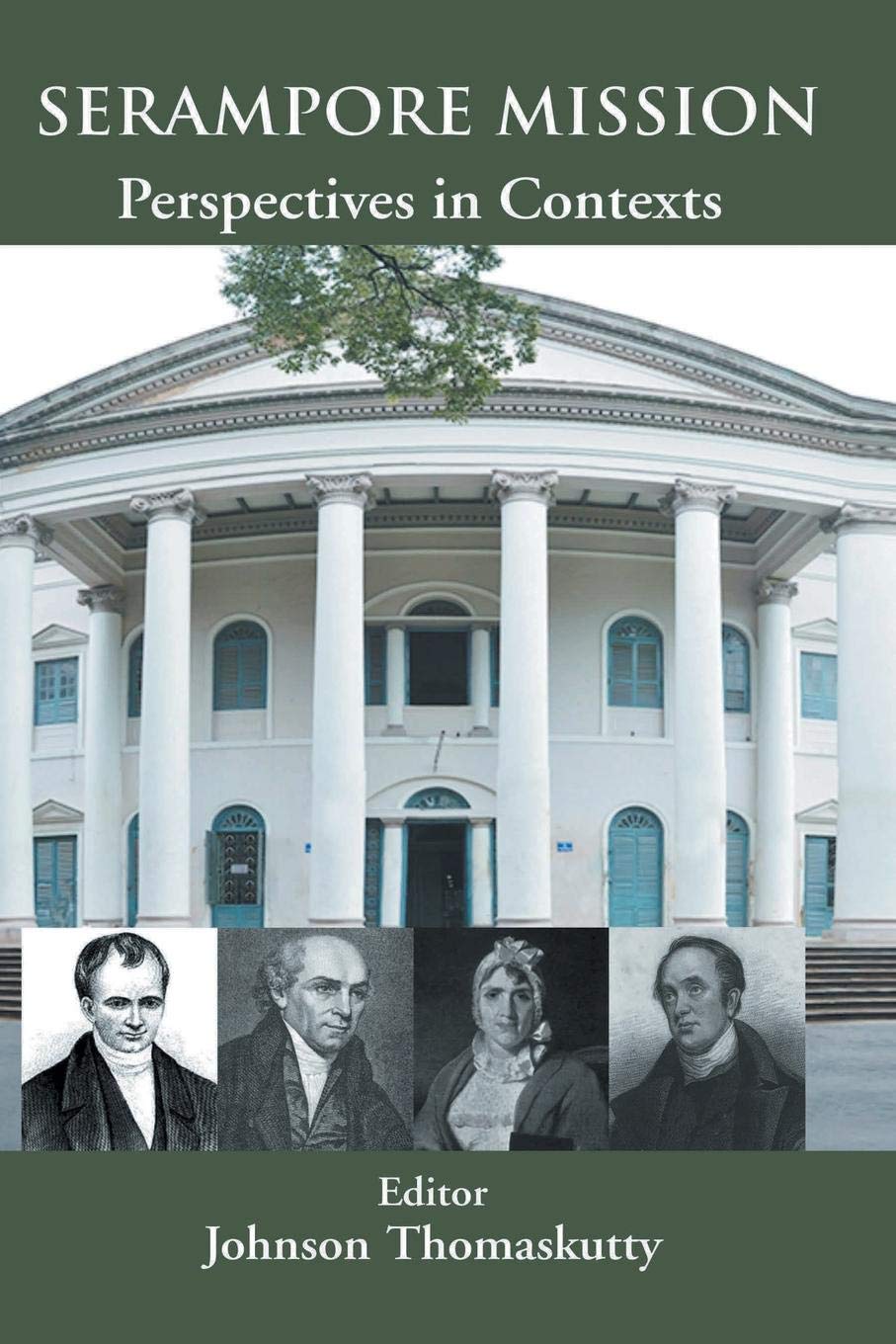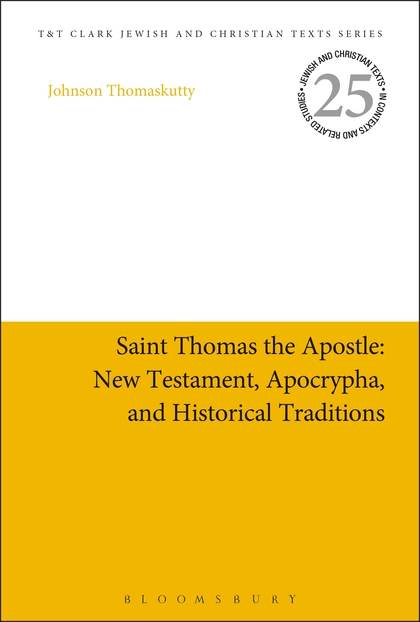
Mark 9:33-37 is one of the key passages that deal with the subject matter of humility. This passage can be mainly divided into three parts: first, worldly standard of greatness (vv. 33-34); second, Kingdom standard of greatness as an alternative (v. 35); and third, illustrating the Kingdom standard of greatness (vv. 36-37). We shall ponder deep into these three sections for more clarity. First, worldly standard of greatness is discussed (vv. 33-34). Jesus alongside of his disciples came to the city of Capernaum. It is stated that “when he [Jesus] was in the house” (v. 33a). Jesus had good connections with Capernaum and he often stayed there with his disciples (1:21; 2:1; 9:33).
Some readers take 2:1 as evidence that Jesus may have owned a home in the town. In that sense, ‘house’ can either mean his own house or the house of Peter. Jesus says: “Foxes have dens and birds of the air have nests, but the Son of Man has no place to lay his head” (Luke 9:58). There is no possibility that Jesus owned a house; but, rather he would have stayed in someone else house. In the city, a house turned into a church is traditionally believed to have been the house of Peter. After healing the mother-in-law of Peter, Jesus had access to his house (1:29-31).
On the way to the house, Jesus was observing the speech patterns, interactions, and behaviours of his companions from a distant angle. At home, he asks them: “What were you arguing about on the road?” This is a miserable situation that they are attempting their best to establish their position in relation to Jesus. They were attempting this each moment including the times when they were in public places. Even they forgot the presence of Jesus with them in that process. The disciples developed their thought-patterns based on the worldly standards.
They understood “greatness” merely in terms of the worldly standards and strived hard to achieve that. In that process, they developed their own self-claims: “I am the Peter and upon me the church shall be built” (Peter, Matthew 16:18); “I am the Beloved Disciple” (John; John 13:23; 20:1-10; chap. 21); “I am the keeper of the money bag” (Judas Iscariot; John 12:6; 13:29); “I am the [Spiritual] Twin of Jesus” (Thomas; John 11:16; 20:24; 21:2); “I am son of Thunder” (James; Mark 3:17); “I brought Peter to Jesus” (Andrew; John 1:42a); “I testified to Nathanael about Jesus” (Philip; John 1:45); and the like. They argue both in the presence and absence of Jesus about their position and status.
The disciples were proud of their responsibilities, portfolios, financial management, connection to Jesus, influence among people, and the like. In an honour and shame context, the disciples understood things (even the spiritual aspects) only in relation to the social norms rather than in terms of the Kingdom principle. Their quietness before Jesus’ question figuratively proves that they were in fact guilty of their material and worldly thinking pattern.
Second, Kingdom standard of greatness is introduced by Jesus as an alternative (v. 35). The sitting down of Jesus, may be on the floor, is symbolically demonstrating his lowliness and attachment to the earth. It reveals that Jesus is very much to the ground realities of the world. In another sense, this was the posture he was using when he taught the disciples. Usually, Jesus was sitting down when he spoke and the hearers were standing around him with their sharpened ears. He utters a conditional statement here: “If anyone wants to be first . . .” (v. 35). It means that rather than imposing things upon the disciples, they were given freedom to take decision of their own. Humility is a virtue that can be developed on the basis of one’s own decision and determination rather than someone else’s imposition.
A person who is very last shall be considered as first. Front seat is always considered honourable according to the Jewish understanding (Matthew 23:5-7). The Pharisees and the Scribes attempted to be seated always at front seats and places of honour. A person who is a servant of all shall be recognized as first. According to the Jewish and the Greco-Roman standards, being a servant was not considered a noble occupation. Being last and servant are considered honourable according to the Kingdom principle. That is totally opposite to the worldly standard of being first and authoritative. Jesus here exhorts his disciples to embrace the heavenly over against the earthly norms and patterns.
Third, Jesus demonstrates the heavenly greatness through the means of an earthly metaphor (vv. 36-37). He took a “little child and had him stand among them” (v. 36a). According to worldly standard a child can nowhere be associated with greatness. A child was considered as a symbol of “inexperience,” “novice,” and “dependence.” In an adult-centered society, children were not at all considered worthy. In v. 35, it is stated that Jesus was “sitting down”; but here the child is “standing among them.” Jesus here symbolically demonstrates that adulthood should go down and we should allow the childhood stand up. As Jesus lifts the child in his arms, it can symbolically mean that Jesus was embracing childhood as something unique to be cherished.
Jesus states that “I tell you the truth, unless you change and become like little children, you will never enter the kingdom of heaven” (Matthew 18:3). Here, Jesus foregrounds children as symbols of humbleness (Matthew 18:4). While the world insists to develop from childhood to adulthood, Jesus insists to develop from adulthood to childhood. In Mark 10:13-16, Jesus allows the children come to him and made the adult disciples be silenced. The children are occupying the space that the adult disciples occupied.
Jesus’ statement in v. 37 can be considered as the punch-line statement of the event. As per the heavenly principle, one can achieve honour through the means of accepting the neglected, outcastes, children, strangers, and little and feeble ones in the name of Jesus. Welcoming Jesus means welcoming the heavenly Father who sent him. According to the heavenly standards, honour is not simply welcoming the socially-ranked, financially sound, racially higher, and educationally greater. But, rather embracing the neglected ones in the world. That is possible only when we transform ourselves and be humble. We should consider humbleness as a virtue to live a worthy life as children of God and representatives of the Kingdom of God.
Dr. Johnson Thomaskutty, Professor of New Testament, United Theological College, Bengaluru, India






















 Jubilee is one of the most significant themes in the OT that envisions an ideal nationalistic kingdom for the people of Israel. Luke quotes Isa 61:1-2 in 4:18-19 as Jesus’ programmatic pronouncement of the Gospel. The Third Gospel as a whole orchestrates its ideological framework based on the Nazareth Manifesto of Jesus. But in Luke, Jubilee demonstrates a meaning beyond the traditional and nationalistic understanding of it. The Lukan narrator takes the message of Jubilee from the OT and reinterprets it for his new Sitz im Leben that comprises of the poor and the oppressed communities. In that sense, the Lukan understanding of the New Jubilee, as a gnomic and universalistic concept, can encompass the feelings and the aspirations of all people in everywhere and ever contexts. In today’s Indian scenario, the New Jubilee concept introduces a new paradigm that can transform the existent realities.
Jubilee is one of the most significant themes in the OT that envisions an ideal nationalistic kingdom for the people of Israel. Luke quotes Isa 61:1-2 in 4:18-19 as Jesus’ programmatic pronouncement of the Gospel. The Third Gospel as a whole orchestrates its ideological framework based on the Nazareth Manifesto of Jesus. But in Luke, Jubilee demonstrates a meaning beyond the traditional and nationalistic understanding of it. The Lukan narrator takes the message of Jubilee from the OT and reinterprets it for his new Sitz im Leben that comprises of the poor and the oppressed communities. In that sense, the Lukan understanding of the New Jubilee, as a gnomic and universalistic concept, can encompass the feelings and the aspirations of all people in everywhere and ever contexts. In today’s Indian scenario, the New Jubilee concept introduces a new paradigm that can transform the existent realities. Thomaskutty, Johnson., ed. Serampore Mission: Perspectives in Contexts. Delhi: ISPCK, 2019. ISBN: 978-93-88945-06-6. Pages: i-xxviii, 1-310.
Thomaskutty, Johnson., ed. Serampore Mission: Perspectives in Contexts. Delhi: ISPCK, 2019. ISBN: 978-93-88945-06-6. Pages: i-xxviii, 1-310.  Johnson Thomaskutty, Saint Thomas the Apostle: New Testament, Apocrypha, and Historical Traditions (Jewish and Christian Texts in Contexts and Related Studies 25; London/New York: Bloomsbury T & T Clark, 2018). Pp. xx + 256.
Johnson Thomaskutty, Saint Thomas the Apostle: New Testament, Apocrypha, and Historical Traditions (Jewish and Christian Texts in Contexts and Related Studies 25; London/New York: Bloomsbury T & T Clark, 2018). Pp. xx + 256.